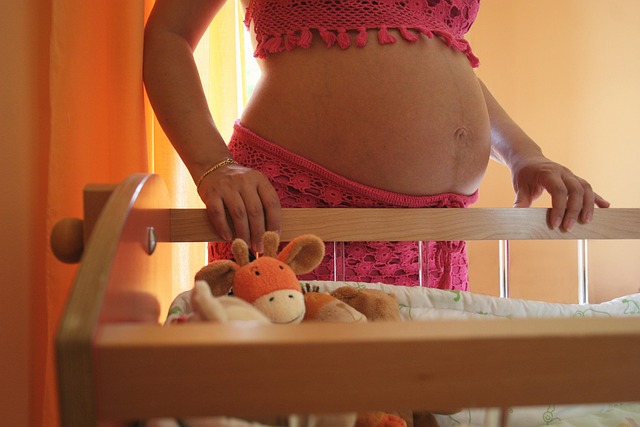Down syndrome, also known as Trisomy 21, is the most prevalent birth defect in the United States. It was first identified by Dr. John Langdon Down in 1866, and the genetic cause of Down syndrome was discovered in 1959. In the U.S., it affects approximately 1 in every 800 babies, resulting in around 6,000 births annually. Remarkably, nearly 85% of infants with Down syndrome survive past their first year, with 50% living beyond 50 years of age. According to the National Down Syndrome Society, over 350,000 individuals currently live with this condition in the U.S.
What Causes Down Syndrome?
Down syndrome can arise from three types of abnormal cell division involving chromosome 21:
- Trisomy 21: This is the most common form, accounting for over 90% of Down syndrome cases. It occurs when the egg and sperm unite, resulting in three copies of chromosome 21 instead of the usual two. As the cells divide, this extra chromosome is replicated in every cell.
- Mosaic Trisomy 21: A rare variation, this occurs when the extra chromosome 21 is present in some cells but not all. This type arises from abnormal cell division after fertilization, creating a mix of normal and abnormal cells, hence the term “mosaic.” The mosaicism can be seen in different cell types; some may have normal chromosomes while others exhibit Trisomy 21.
- Translocation Trisomy 21: In about 3-4% of cases, a portion of chromosome 21 attaches (or is translocated) to another chromosome (usually chromosomes 13, 14, or 15) before or at conception. While the carrier has 45 chromosomes instead of the typical 46, they possess all the genetic material of a typical individual since the extra chromosome 21 material is located on a different chromosome. Carriers do not exhibit symptoms of Down syndrome.
For couples who have had a child with Down syndrome due to translocation, there may be an increased risk in future pregnancies because one of the parents could be a balanced translocation carrier. The likelihood of passing on this translocation varies based on the parent’s gender. If the father is the carrier, the risk is about 3%, whereas if the mother is the carrier, the risk rises to around 12%. Genetic counseling is crucial in these cases to assess risks, as there are no known behavioral or environmental causes for Down syndrome.
What Are the Risks for Down Syndrome?
Certain parents may face a higher risk of having a baby with Down syndrome. Key risk factors include:
- Maternal Age: As a woman’s eggs age, the likelihood of improper chromosome division increases. Thus, the risk of Down syndrome rises with maternal age.
| Maternal Age | Probability of Having a Child with Down Syndrome |
|---|---|
| 20 | 1 in 1,600 |
| 25 | 1 in 1,300 |
| 30 | 1 in 1,000 |
| 35 | 1 in 365 |
| 40 | 1 in 90 |
| 45 | 1 in 30 |
- Previous Child with Down Syndrome: Couples who have already had a child with Down syndrome have a slightly elevated risk (about 1%) of having another child with the condition.
- Parental Carrier: Parents who carry a genetic translocation associated with Down syndrome may face increased risks, making prenatal evaluation and genetic counseling important. While females with Trisomy 21 can sometimes conceive (with a 15-30% fertility rate), the likelihood of a male with Down syndrome fathering a child is exceptionally rare. Interestingly, more babies with Down syndrome are born to mothers under 35 due to higher birth rates in this age group.
What’s the Difference Between Screening Tests and Diagnostic Tests?
Screening tests help gauge the likelihood of Down syndrome but do not provide conclusive answers. They indicate the probability of a baby having Down syndrome. A positive screening result suggests further testing may be needed for a definitive diagnosis. Diagnostic tests can confirm Down syndrome before the baby is born.
For those looking into home insemination, services like Make a Mom offer unique options, including a reusable kit for at-home procedures. If you’re curious about how this process works, check out their how it works page. Additionally, for couples navigating the complexities of conception, a free sperm donor matching service is available at Vegas Pregnancy, ensuring you can find the right match.
For practical tips on managing the process, you might want to read our post on cleaning up after insemination. Another informative resource is Modern Family Blog, which delves into similar topics. Lastly, for a detailed understanding of assisted reproductive technologies, check out this excellent resource on the IVF process.
In summary, understanding Down syndrome—its causes, symptoms, and associated risks—is crucial for prospective parents. While age and prior conditions increase risk factors, genetic counseling can provide valuable insight into personal risk assessments.
